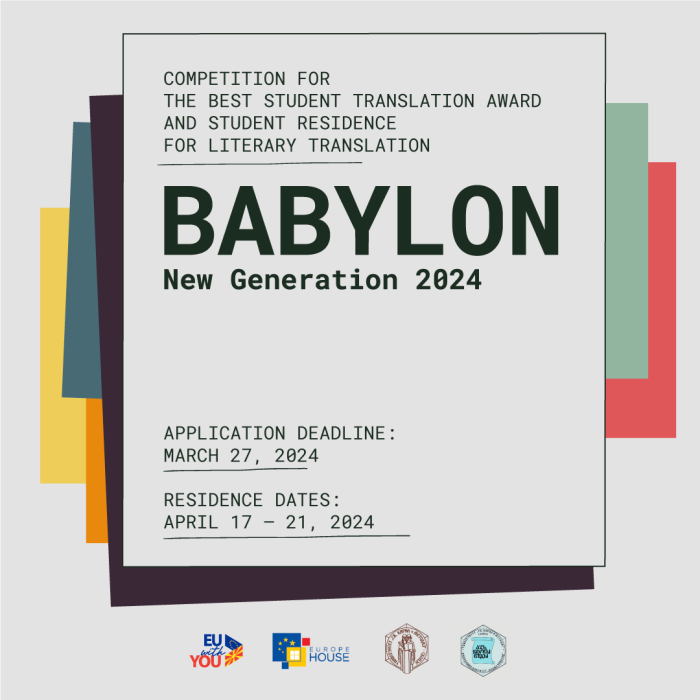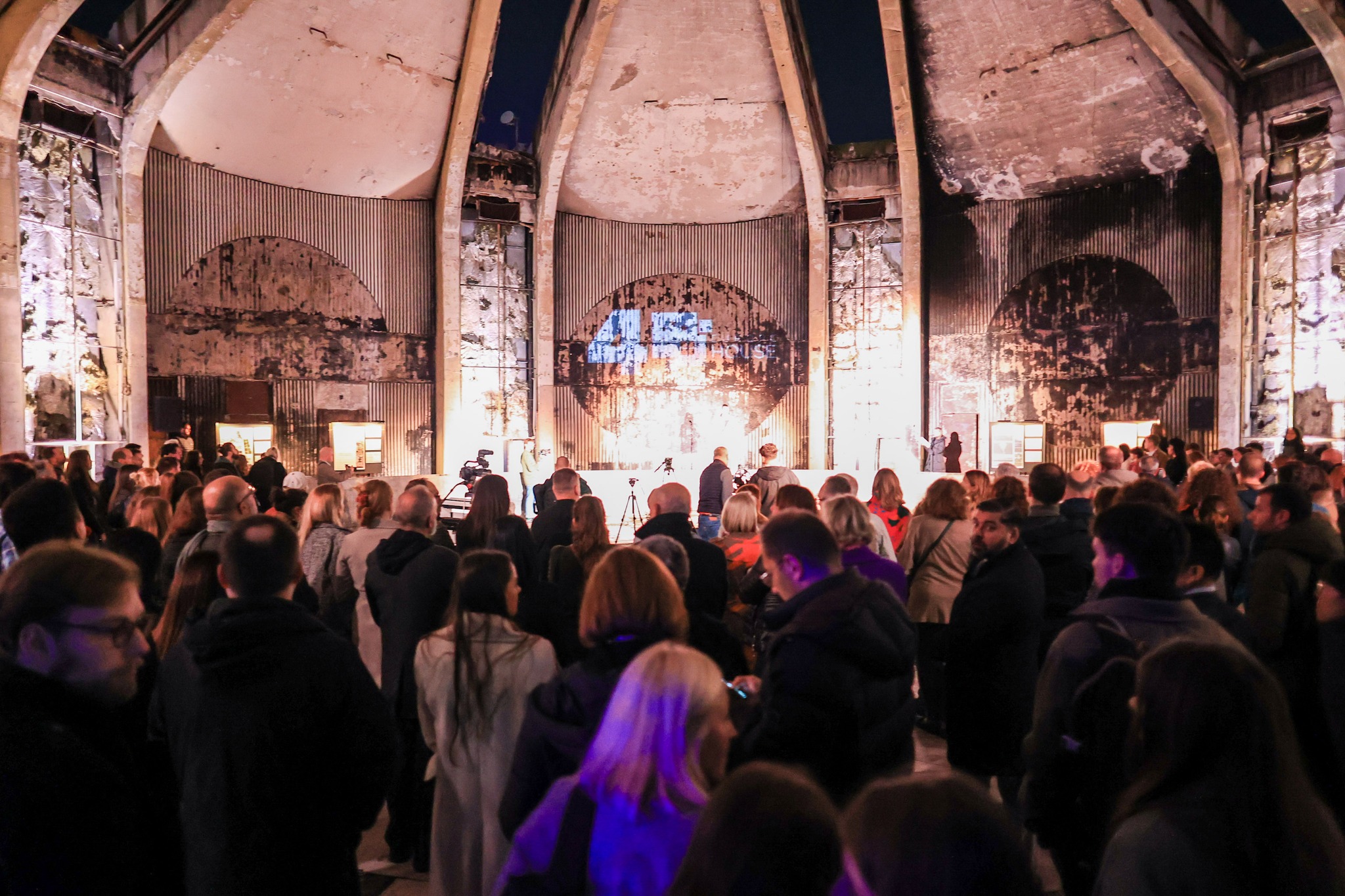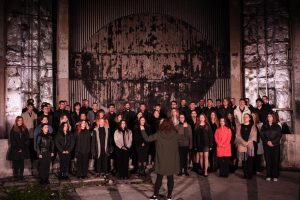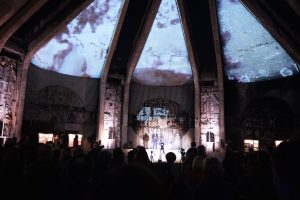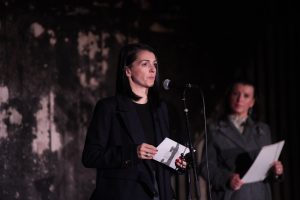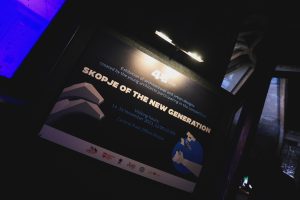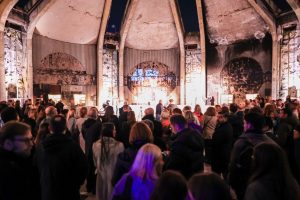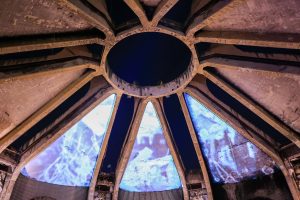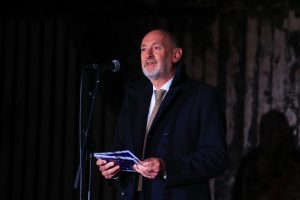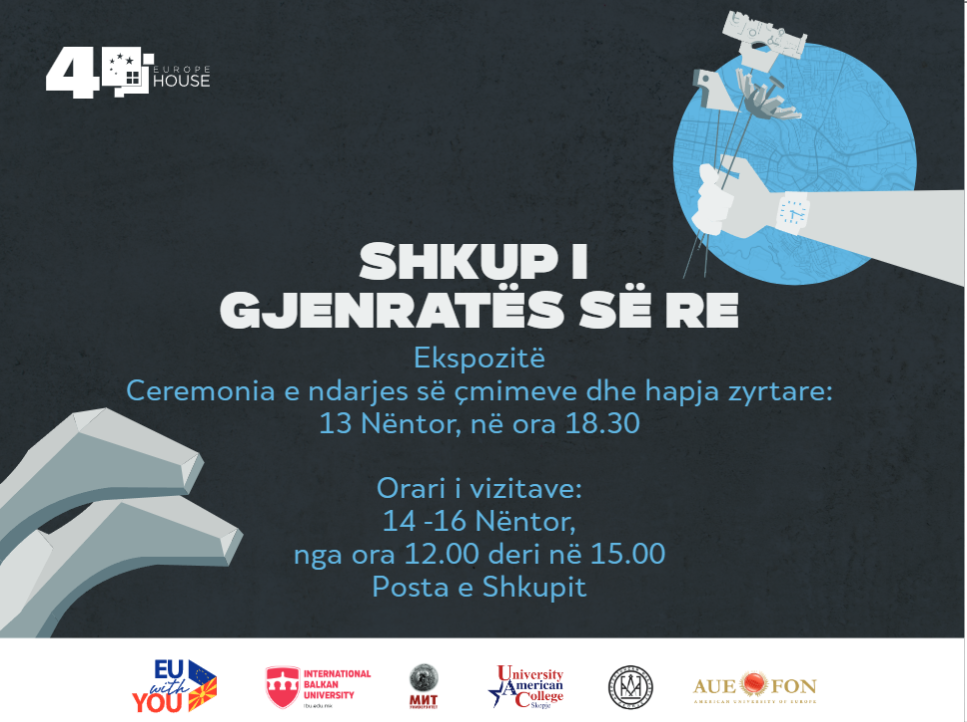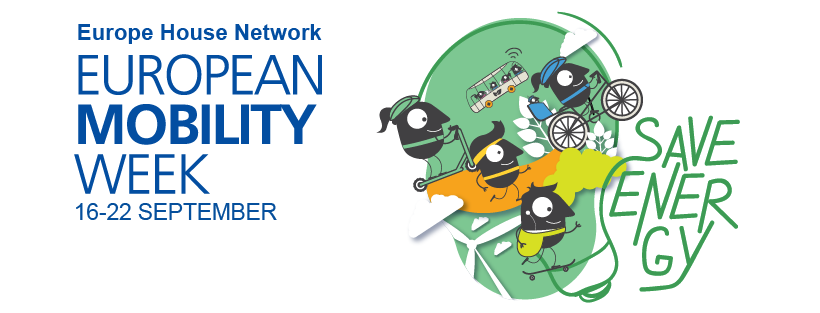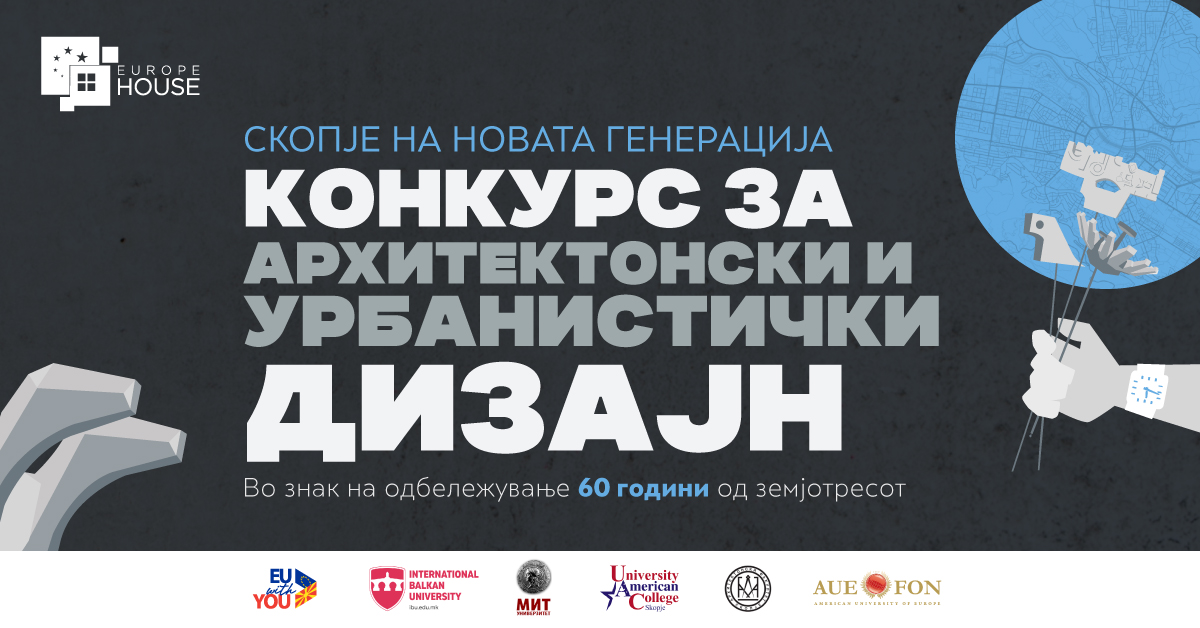Блазе тебе што имаш време за себе. Лесно ти е тебе со таа професија. Децата ти се сега малку пораснати, па можеш да излезеш да спортуваш. Таква си ти од мала, амбициозна. Не мислиш дека живееш пребрзо? Не купувај карго-велосипед, како ќе возиш две деца на него, немаш ни 50 кила. Маунтинбајк?! Немој, чувај ги рацете, па ти си пијанист.
Колку луѓе на светов, толку изговори. Уште толку повеќе право да се анализира туѓиот живот, да се создава мистика од нечија среќа. Зашто насмеан човек во нашето секојдневие е како марсовец кој го изгубил патот до дома.
Дали една жена смее да биде насмеана? Дали една жена професионалец во својата област, сопруга или штотуку реализирана како мајка смее да продолжи да живее слободно? Дали е нормално таа да биде среќна, задоволна со себе, привлечна? Дали нејзиниот партнер го одобрува тоа?
Кога во едно семејство постои љубов, тоа значи дека јас ја љубам среќата на мојот партнер, но и тој мојата. Постои време кое е само за мене или само за него, па постои време кое е заедничко. Тој, впрочем, и се вљубил во мене токму поради тоа што сум, поради мојата пргавост, бунтовност, постојаната потреба да се обидувам да ги менувам нештата кои се горчина во општеството. Зошто тој ист човек би посакал да станам нешто поинакво? Тоа е почитта за која нема потреба да се зборува, но таа се чувствува. Токму таква слобода и почит заслужува секој човек.
Спортот за мене е слобода. Дружбата со велосипедот подразбира бескрајни разговори во тишина силно гушната од природата, со секој нов ден понекој мал освоен предизвик. Токму тоа „мое време“ ме прави подобар родител, зашто кога јас сум насмеана, тоа значи дека и моите деца се смеат.
Луѓето што ги среќавам и местата на кои ме води велосипедот ме навраќаат кон убавината на наједноставните нешта во животот. Кон свеста за значењето на сопствениот мир и здравје, љубовта во сите нејзини можни облици преточени во секој мал детаљ на природата и примерот кој децата го гледаат и растат впивајќи ги позитивните човечки особини, да се биде упорен, истраен, да се сака и да се вложува во средината која е нашиот дом.
Натпреварите, пак, особено оние надвор од Македонија, патеки кои значат непознати предизвици, исклучително тешки моменти во кои се вложуваме до последниот атом сила помеѓу луѓе со кои сме ривали на патеката, но иако не се познаваме, се грижиме еден за друг, си посакуваме среќа за безбедно да ја преминеме финиш-линијата. Вредности кои како исконски нишки се преплетуваат низ мотивот и пораките на спортскиот дух. Токму спортот и уметноста и сите нивни етички начела се светлината во тунелот за менување на нашата стварност, за надминување на омразата и зависта и сите девијации кои ни го пресретнуваат денот.
Велосипедизмот ме направи свесна за силата која ја поседувам и ми овозможи тие искуства да ги преточам во инспирација за други. Спортувањето ме одведе до исклучителни луѓе со кои ја делиме истата страст и со кои заеднички, многу далеку од материјалниот свет, создаваме од ништо – нешто. Да, туркаме напред и покрај сета завист што ни се сервира на патот затоа што веруваме дека да се биде свесен за сопствената среќа, значи да се жнее убавина и за другите луѓе.
Една жена смее да биде насмеана. Таа мора да се смее секое ново утро, со целото свое срце.
Дуња Иванова
септември, 2023




